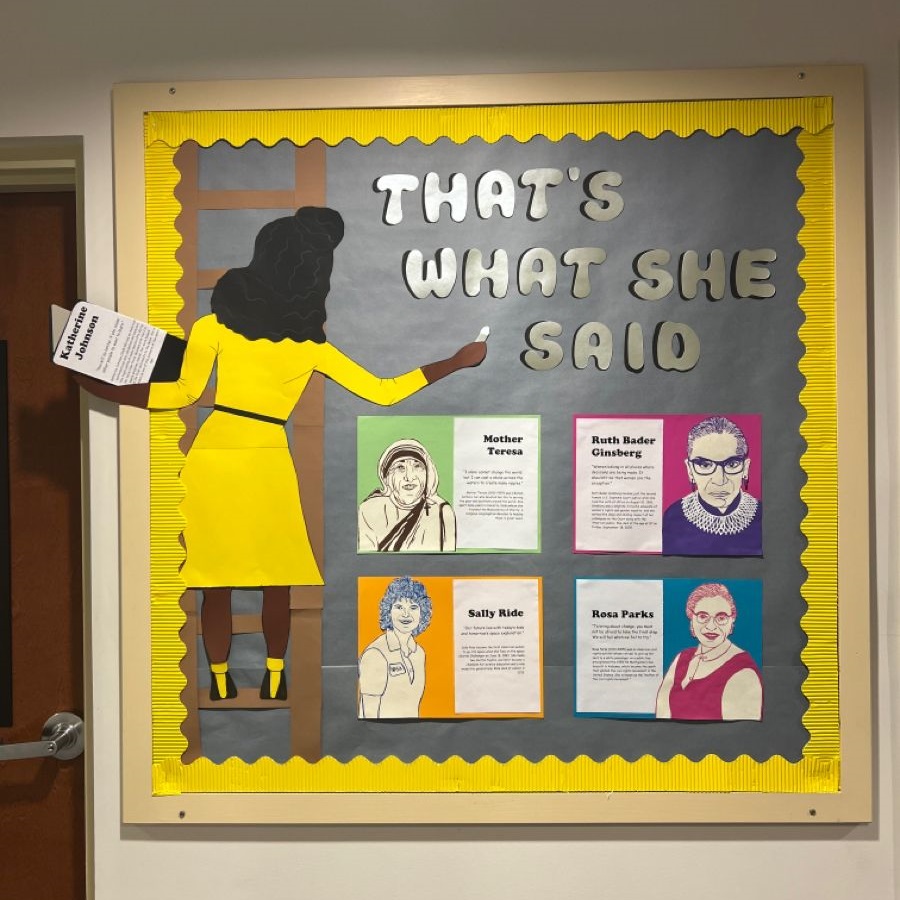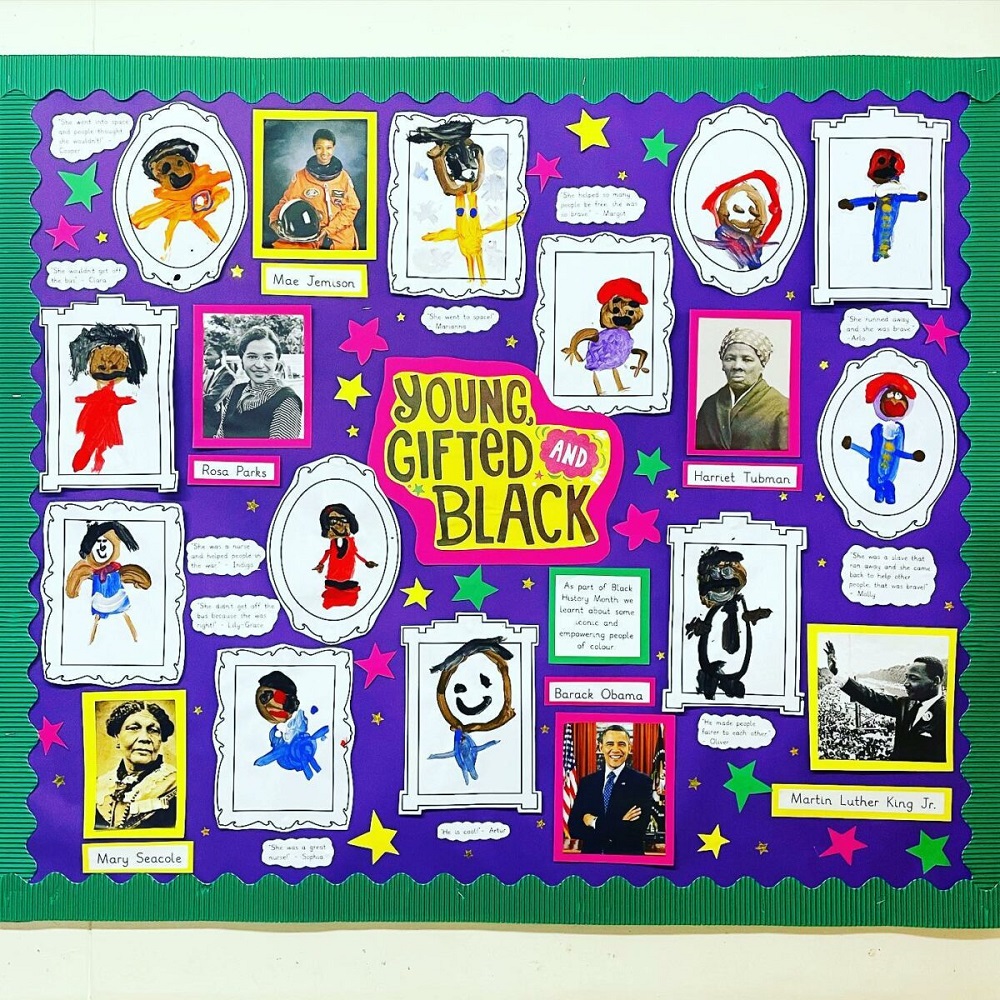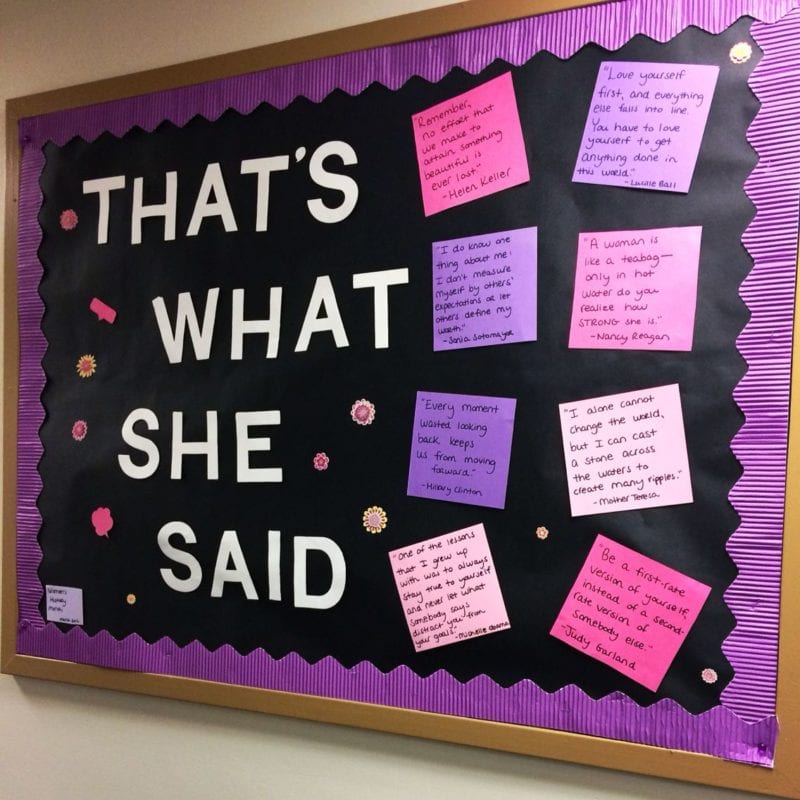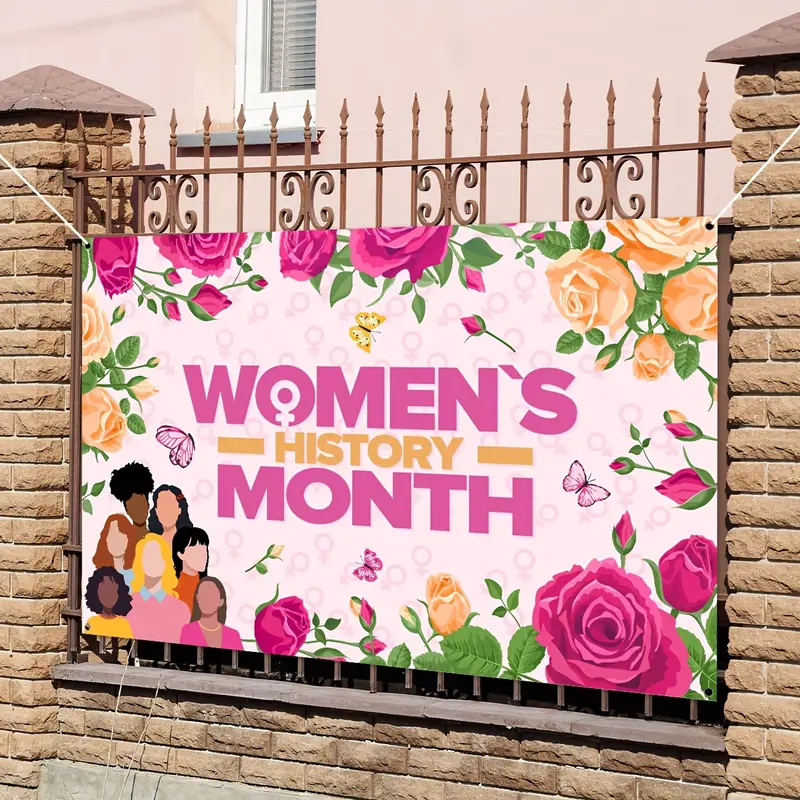Introduction
Women’s History Month presents a unique opportunity to celebrate the contributions of women throughout history. A well-designed bulletin board is an effective way to share stories and inspire others. Below are various ideas for creating engaging and informative bulletin boards that highlight women’s achievements and promote awareness.
Thematic Ideas for Your Bulletin Board
Celebrating Trailblazers
One great idea is to focus on women who broke barriers in their respective fields. This can include scientists, politicians, artists, and activists. You can create sections for each notable woman. Include their name, a brief biography, and notable achievements. Use vibrant colors to highlight each section. Photos can make this board visually appealing. Consider adding quotes from these women to inspire viewers.

Adding a timeline can also be effective. A timeline helps viewers see how these women impacted history over the years. For example, you can start with Marie Curie and move through to contemporary figures like Kamala Harris. This helps to show the progression of women’s rights and contributions over time.
Don’t forget to include a section for lesser-known trailblazers. Highlighting these women can encourage students to research and learn more. You can even leave space on the board for students to suggest names of other women who should be included.
Women in STEM
Focusing specifically on women in STEM (Science, Technology, Engineering, and Mathematics) can also be an engaging theme. Showcasing women like Ada Lovelace, NASA’s Katherine Johnson, and contemporary figures like Dr. Jennifer Doudna can intrigue students. Create infographics that explain each woman’s contributions to their fields. This not only informs but also sparks interest in STEM careers for young girls.
Accompanying your photos and infographics, list some current statistics about women in STEM fields. This information can highlight how women still face challenges today. It can also inspire students to think about their futures in these areas. Add interactive elements, such as QR codes that link to videos or articles about these women. This allows students to learn more in-depth information while keeping the bulletin board dynamic.
Women’s Rights Movements
Another compelling theme is the history of women’s rights movements. This could include the suffrage movement, the second-wave feminism of the 1960s, and modern movements like #MeToo. Include vivid images, slogans from protests, and biographical information on key figures like Susan B. Anthony and Gloria Steinem.
To create a visual flow, use a timeline format. Start with early suffragists and move through to the present day. Include important dates and events, such as the passage of the 19th Amendment in 1920.
Make this interactive by allowing viewers to attach their thoughts on women’s rights today. You can provide sticky notes where they write their opinions or ideas. This not only encourages engagement but also makes the bulletin board a living part of your community.
Engaging Activities
Interactive Quizzes
Incorporating quizzes can make learning about women’s history fun. Create a series of questions based on the information displayed on your board. For example: “Who was the first woman to win a Nobel Prize?” or “What year did women gain the right to vote?”
You can place a small container with slips of paper where participants can submit their answers. Consider offering small prizes for correct answers. This will incentivize participation and make learning engaging.
You could also have a digital component. Create a simple online quiz accessible through a QR code. This will appeal to tech-savvy students and encourage them to interact with the information on the board.
Community Contributions
Encourage students and staff to contribute their stories. Ask them to share experiences about women who inspire them. This can be their mothers, teachers, friends, or historical figures. Create a section on the bulletin board dedicated to these contributions.
Having a “Wall of Inspiration” can enrich your board. Allow individuals to attach their stories or photos. This fosters a sense of community and highlights the diverse experiences of women.
Visual Aesthetics
Color Schemes and Designs
Choosing the right colors can make your bulletin board stand out. Consider using purple, green, and white, as these are colors historically associated with the women’s suffrage movement. A cohesive color scheme can tie your ideas together.
Use bold fonts for headings to grab attention. For the main text, keep it clear and easy to read. Use varying font sizes to create a hierarchy of information. For instance, larger text can indicate a key figure, while smaller text can give details.
Additionally, consider the layout. A visually balanced design will attract viewers. Group subjects together for easier understanding and flow. You might create a “star” layout, with a central figure branching out to others, or a linear timeline for historical events.
Use of Technology
Incorporating technology can bring your bulletin board to life. Consider using screens or digital frames to display rotating slideshows. This could feature images, quotes, or short video clips about women in history.
You might also create an online counterpart to your bulletin board. Use a shared document or website where students can leave comments and questions. This can make the board a dynamic part of your community, encouraging ongoing discussion.
Educational Workshops and Guest Speakers
Arrange Workshops
To complement your bulletin board display, consider hosting workshops that focus on important topics related to women’s history. You can include subjects like gender equality, women in leadership, or self-advocacy.
Invite guest speakers who are experts in these areas. They can offer insights and personal experiences that enrich the learning experience. Pair these workshops with the information displayed on your bulletin board. This can create a holistic understanding of women’s contributions and challenges.
Be sure to promote these events widely. Use posters, newsletters, or social media to attract participants. Engaging students in this manner can lead to meaningful discussions and inspire action on gender issues.
Involve Local Community
Don’t hesitate to reach out to local organizations that focus on women’s rights or history. They might provide resources, speakers, or even historical artifacts to display on your bulletin board. This can enhance authenticity and create a deeper connection to the community.
Consider planning events in collaboration with these organizations. This could include film screenings, panel discussions, or community service opportunities that raise awareness about women’s issues today. This will help cement the idea that women’s history is not just about the past; it continues to evolve and impact us.
Celebrating Diverse Perspectives
Embracing Intersectionality
When designing your bulletin board, it’s vital to represent the diversity among women. This includes women of different races, ethnicities, abilities, and sexual orientations. Celebrating intersectionality can deepen understanding and appreciation for women’s contributions across all backgrounds.
Include women from various cultures who have made significant contributions to society. For example, highlight figures like Wangari Maathai from Kenya or Malala Yousafzai from Pakistan. Create sections that represent their unique stories and achievements.
By embracing diversity, you foster an inclusive environment. This encourages all students to see themselves as part of the narrative of women’s history.
Representation Matters
Ensuring representation in your content sends a powerful message. It demonstrates that every woman’s story is important. Make room for voices that are often marginalized. Share the stories of women in indigenous communities, women with disabilities, and LGBTQ+ figures.
Including diverse perspectives not only enriches the bulletin board but also promotes critical thinking. Students can discuss the differences and similarities in experiences across cultures. This opens avenues for dialogue and deeper empathy.
Conclusion: Making an Impact
Lasting Impressions
Ultimately, a well-crafted bulletin board for Women’s History Month can leave a lasting impression. It serves as a tool for education and engagement, sparking interest in women’s history. With creative themes, interactive activities, and diverse representation, your bulletin board can inspire viewers long after March has ended.
Remember that Women’s History Month is just a starting point. The stories and contributions of women should be celebrated year-round. Your bulletin board can set the tone for ongoing discussions about women’s roles in society. Encourage continuous learning and awareness.
Call to Action
As you embark on creating your bulletin board, think about how you can expand its reach. Can you engage more students, invite guest speakers, or host workshops? Each effort contributes to a richer dialogue about women’s rights and achievements. This month is an opportunity to celebrate the past, engage with the present, and inspire the future.
By planning thoughtfully and creatively, you can make Women’s History Month not just a month of celebration, but a meaningful movement for all individuals. Remember, everyone has a role to play in recognizing and honoring the stories of women in history.


